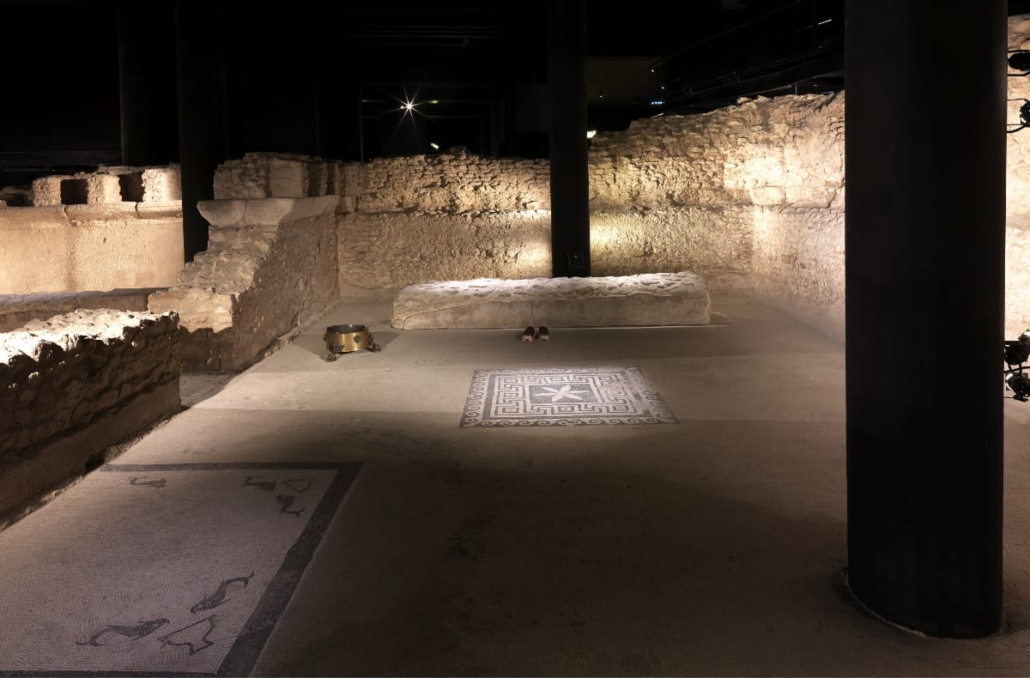A new school year full of school proposals is here
A new school year begins and the Museum of Badalona begins its virtual classroom, a new educational project with which it wants to continue being an essential resource to study the heritage of our city and to know its Roman legacy.
We are aware that the health alert situation that we are living in can end up limiting classroom outings and can even lead to the interruption of face-to-face training and the need to work online from home. Faced with this situation, the Museum’s educational service has developed a program of activities that will allow us to keep in touch with teachers and students and continue to explain the story of our ancestors.
The Museum’s contribution to non-contact teaching goes through an exciting offer of online resources, which we present with the following titles:
- Two asses? This is a ruin !! The Roman currency
- What is written on it? Latin epigraphy
- Are we free? Philosophical debate
- When we were rich. The wine economy of Baetulo
- What a traffic jam in the decumanus! Communications when all roads led to Rome
- To lick your fingers. How a village was fed
- Do you know what they say in the forum? Fake news in the Roman style
- With a woman’s voice. The role of women in Roman society
- Let the earth be light to you. The farewell ritual
The webinar format of these proposals will help us to make the session an excuse to learn, interact and arouse interest in everyday life in Roman times, inviting us to develop and test the critical sense of the students. The proposals have been designed according to the curriculum of Social Sciences and respond to the needs of basic skills, from middle school to high school.



 First celebration of the Diada of the Transition in Badalona, in 1977. Enric Giralt/Museu de Badalona. AI
First celebration of the Diada of the Transition in Badalona, in 1977. Enric Giralt/Museu de Badalona. AI







